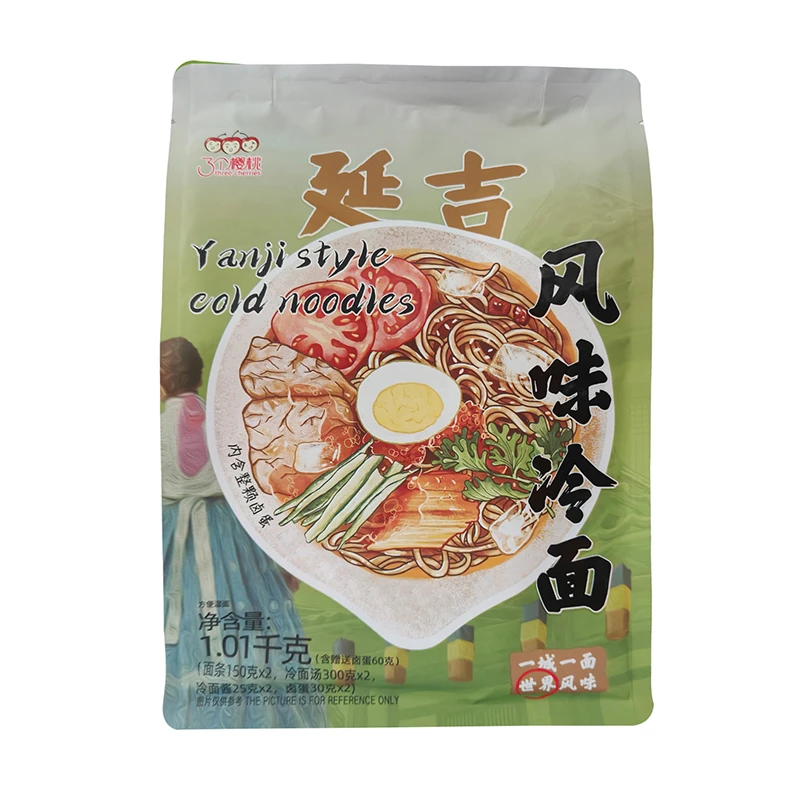instant noodles factory
The World of Instant Noodle Factories A Culinary Marvel
Instant noodles have become a staple food around the globe, offering convenience, affordability, and versatility. Behind the scenes of this worldwide phenomenon lies the intricate world of instant noodle factories. These facilities are more than just production lines; they are centers of innovation, technology, and culinary craftsmanship that transform simple ingredients into beloved meals.
The Origins of Instant Noodles
The history of instant noodles dates back to 1958 when Momofuku Ando, a Taiwanese-Japanese inventor, created the first version of what we now know as instant ramen. His invention responded to post-war food shortages in Japan and changed the landscape of food preparation. Since then, the concept spread rapidly, with factories emerging worldwide to meet the growing demand for quick meals. Today, instant noodles are not only a quick fix for busy students and professionals but also a comfort food enjoyed by millions.
The Production Process
The journey of instant noodles from raw ingredients to packaged products involves several distinct phases. The primary ingredients include wheat flour, water, salt, and various seasonings. The production process typically begins with mixing the ingredients to create a dough. This dough is then sheeted and cut into noodle strands, which are important for ensuring the right texture upon cooking.
One of the key steps in noodle production is the steaming and drying process. The noodles are pre-cooked through steaming, which allows them to maintain their shape. After steaming, they undergo a drying process—either through air-drying or frying. The frying method is quicker and yields noodles that have a longer shelf life, while air-dried noodles tend to be healthier as they contain less fat.
After the noodles are dried, they are quickly packaged along with their accompanying flavor packets. Quality control is crucial at this stage; factories employ rigorous testing to ensure that the final products meet both safety standards and consumer expectations. This involves checking for consistency in texture, flavor, and shelf life.
Automation and Technology
instant noodles factory

Modern instant noodle factories are marvels of automation and technology. Many facilities are equipped with advanced machinery that streamlines production and increases efficiency. Automated conveyor systems move ingredients through various stages of processing, reducing the potential for human error. Robotics in packaging enhances speed and accuracy, ensuring that products are packaged quickly and safely.
Moreover, many factories employ sophisticated quality control systems that use real-time data to monitor production processes. This technology allows for immediate adjustments to maintain quality and bridge any gaps that could arise in traditional production methods.
Sustainability in Production
As the world becomes more aware of environmental issues, instant noodle factories are also shifting towards sustainable practices. This includes sourcing ingredients from local suppliers to reduce carbon footprints, implementing energy-efficient machinery, and adopting eco-friendly packaging solutions. Many companies are now exploring plant-based alternatives to ingredients traditionally derived from animal products, catering to the growing number of vegetarian and vegan consumers.
The Global Appeal
Instant noodles have transcended cultural boundaries and cuisines, leading to various adaptations worldwide. In Southeast Asia, instant noodles are often infused with local flavors such as curry or chili. In South Korea, players in the instant noodle industry have created a unique market with spicier versions that have gained international popularity. In Italy, instant pasta varieties have emerged, allowing for a blend of traditional and modern culinary practices.
The rise of instant noodles in diverse cultures has fostered a sense of creativity and experimentation. Food enthusiasts often share recipes and pair instant noodles with various ingredients, turning them into gourmet dishes. This adaptability is a testament to the product's global appeal and versatility.
Conclusion
Instant noodle factories play a pivotal role in providing affordable meals to millions. Through innovative production processes, advanced technology, and a commitment to sustainability, these factories continue to evolve, mirroring the dynamic nature of global food trends. As instant noodles grow in variety and popularity, they remain a wonderful example of how culinary ingenuity can meet the needs of modern life—delivering comfort and convenience to people from all walks of life. Whether enjoyed on a bustling street in Asia or at home as a late-night snack, instant noodles continue to nourish and delight, proving that sometimes, simplicity is the ultimate luxury.
-
Unleash Your Inner Chef with Delectable Italian Pasta CreationsNewsAug.01,2025
-
Savor Health and Flavor: Irresistible Soba Noodles for Sale Await!NewsAug.01,2025
-
Nourish Your Body with Premium Organic Ramen - A Culinary Delight AwaitsNewsAug.01,2025
-
Elevate Your Dishes with Our Exquisite Kinds of Egg NoodlesNewsAug.01,2025
-
Dive into Flavorful Convenience with Our Ramen OfferingsNewsAug.01,2025
-
Discover Exquisite Types of Naengmyeon and Chilled Soba NoodlesNewsAug.01,2025
-
Is Whole Wheat Pasta Healthy?NewsMay.30,2025
Browse qua the following product new the we

















































































































